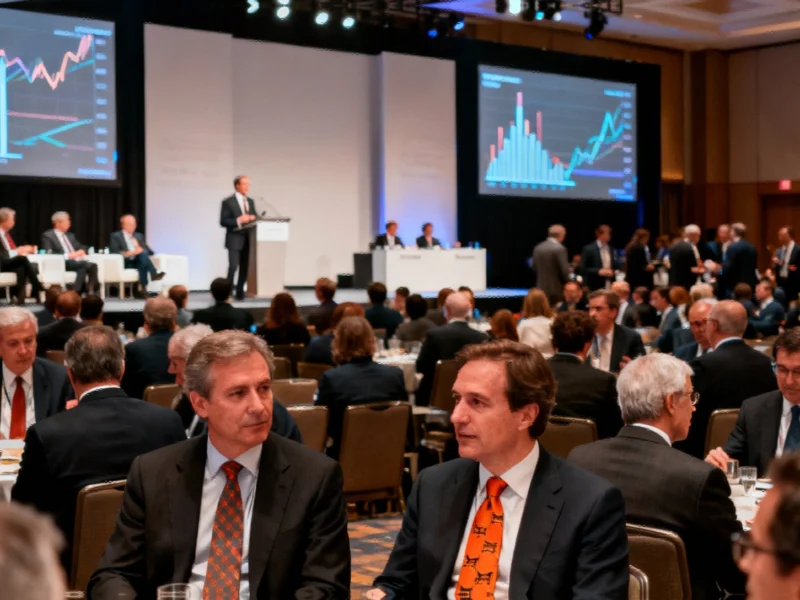The Edinburgh Meltdown
When Build a Rocket Boy employees gathered for that fateful all-staff meeting in July, they expected accountability and a clear recovery plan. Instead, they received accusations and denial from former Grand Theft Auto boss Leslie Benzies. The studio’s first major release, MindsEye, had not just underperformed—it had become a industry case study in catastrophic launches. The £200 million investment had evaporated, leaving behind a trail of broken promises and shattered careers.
From Vision to Delusion
Leslie Benzies’ grand vision was supposed to revolutionize gaming. Having led development on some of Rockstar’s most successful titles, he possessed the credentials and industry respect to attract significant backing. Yet somewhere between concept and execution, the project veered dangerously off course. According to staff who spoke anonymously, warning signs appeared years before the public failure. Development timelines stretched, feature creep set in, and internal quality assessments repeatedly flagged fundamental issues that leadership consistently ignored.
The studio’s approach to project management and technological infrastructure created systemic problems that ultimately doomed the final product. Rather than addressing these core issues, Benzies and his leadership team doubled down on ambitious marketing campaigns and feature promises they couldn’t deliver.
The Sabotage Narrative
What stunned employees most wasn’t just the failure itself, but the corporate response. Benzies’ claim of “internal and external” forces working to sabotage the launch struck many as desperate deflection. “There were no saboteurs,” one former developer told us. “There was only poor planning, unrealistic expectations, and a refusal to listen to the people actually building the game.”
The sabotage theory emerged as the company faced mounting pressure from investors and industry analysts who had begun questioning the studio’s viability. Rather than acknowledging fundamental flaws in development processes, leadership sought scapegoats—a pattern that multiple sources confirmed had become increasingly common as project deadlines approached.
Technical Debt and Development Chaos
Behind the polished trailers and ambitious promises lay a different reality. Development teams struggled with outdated tools, conflicting direction, and constant feature changes. The technical foundation, according to engineers who worked on the project, accumulated what they called “catastrophic technical debt” that made the final product fundamentally unstable.
This situation reflects broader challenges in technology project management where ambition outpaces execution capability. The studio’s inability to implement robust quality assurance processes, combined with leadership’s resistance to scaling back features, created perfect conditions for the eventual failure.
Industry Context and Parallel Failures
The Build a Rocket Boy collapse occurs within a broader industry pattern of high-profile studio failures. Similar to how emerging technologies face adoption challenges, the gaming industry continues to struggle with balancing innovation against executable development. The £200 million loss represents one of the largest single-project failures in UK gaming history, raising questions about investor due diligence and the cult of personality surrounding veteran developers.
Meanwhile, other sectors demonstrate how technological breakthroughs require careful implementation to achieve commercial success. The contrast between disciplined innovation and Build a Rocket Boy’s approach could not be more stark.
Broader Implications for Tech Development
The MindsEye disaster offers lessons that extend beyond gaming. The same principles of sustainable development and systematic implementation apply across technology sectors. Companies pursuing ambitious projects must balance vision with practical execution, maintaining clear communication channels and heeding internal warnings rather than dismissing them.
The aftermath has left approximately 200 employees facing uncertain futures, with many already seeking positions at more stable studios. The Edinburgh gaming scene, once buoyed by the promise of Build a Rocket Boy’s success, now faces questions about its ability to support large-scale development projects. Industry observers are watching closely to see how this failure influences future investment in gaming technology and whether it prompts much-needed conversations about development accountability.
Looking Forward
As the gaming industry processes this spectacular failure, the fundamental question remains: Can Leslie Benzies and Build a Rocket Boy recover? Early indications suggest the damage may be terminal. The combination of financial loss, reputational harm, and employee distrust creates a challenge that even veteran leadership may struggle to overcome.
The story serves as a cautionary tale about the dangers of unchecked ambition and the importance of building companies on solid operational foundations rather than personality-driven vision alone. As the industry continues to evolve, the lessons from Edinburgh will likely influence how investors, developers, and executives approach ambitious technology projects for years to come.
This article aggregates information from publicly available sources. All trademarks and copyrights belong to their respective owners.
Note: Featured image is for illustrative purposes only and does not represent any specific product, service, or entity mentioned in this article.



